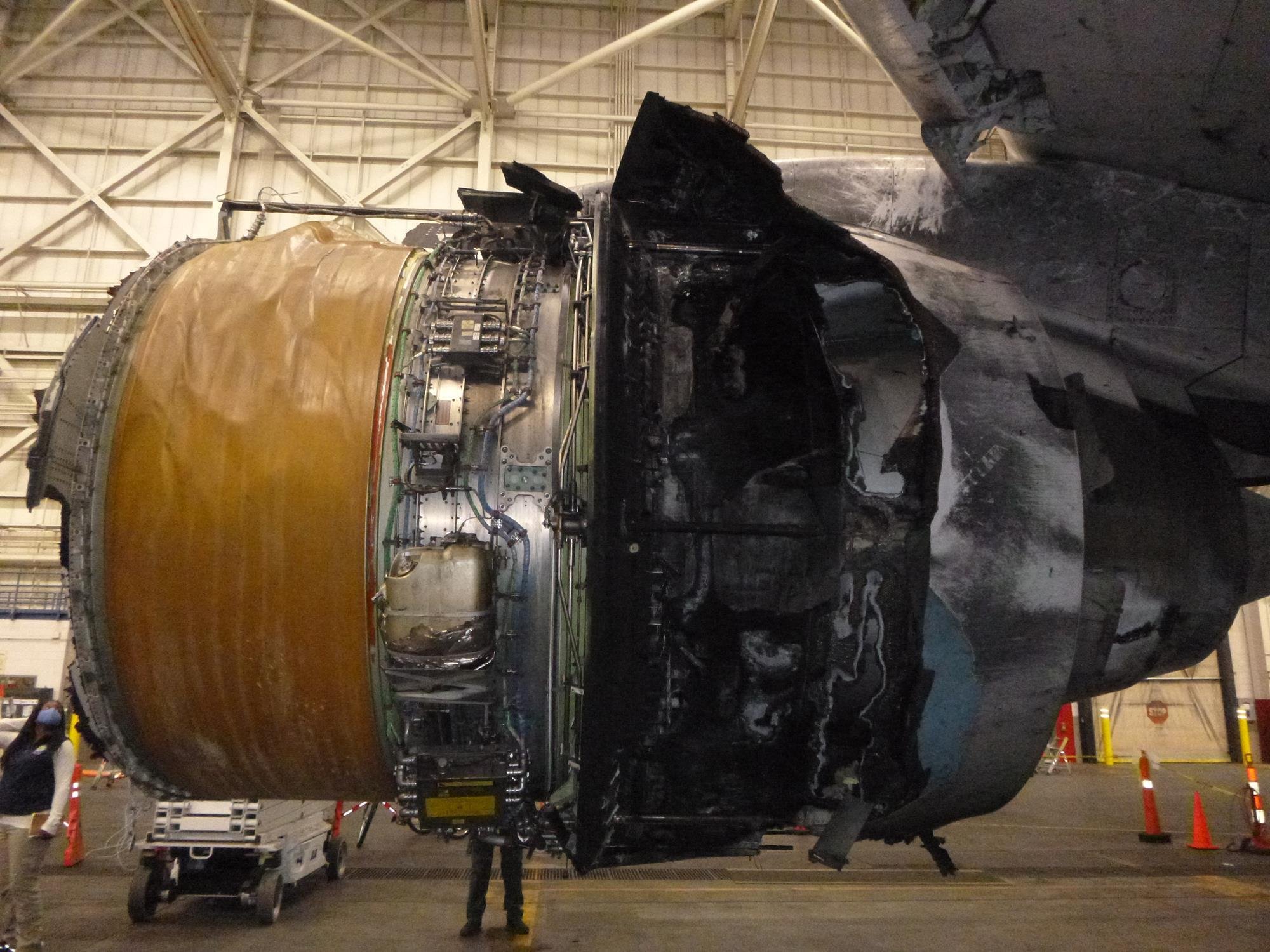Remote diagnostic services reaching new heights with wireless sensors
A motor repair shop is deeply engaged in providing top-tier monitoring solutions and reliability services to its customers. Serving central and western Germany, they cater to a wide range of applications, from chemical industries to facility management, effectively managing diverse critical situations.
Understanding NVH Prediction: The Role of Modal Analysis in the Automotive Industry
NVH (noise, vibration, and harshness) prediction is a critical process in the automotive industry to ensure customer satisfaction, safety, and compliance with regulatory requirements.
ONEPROD FALCON, A Host Of Innovations
FALCON allows making immediate use of the benefits of condition based maintenance: the Accurex™ automatic diagnostic works instantly based on the first measurement. Faults detected are available right in front of the machine such enabling interaction with the user (bearing lubrication, temperature control…) and optimization of the maintenance process. Based on the ISO 10816 standard and on ONEPROD 30+ years of experience, FALCON’s built-in automatic diagnostic module provides unbeatably relevant and reliable results.
The Hidden Costs of Machine Misalignment
Discover the hidden costs of machine misalignment and the importance of predictive maintenance. Learn how to calculate and mitigate these expenses, considering supply chain factors. Dive into our blog for insights on minimizing misalignment costs through proactive strategies.
RCFA: Root Cause Failure Analysis
Root Cause Failure Analysis (RCFA) is a crucial tool for dissecting failures, going beyond symptoms to identify underlying issues. This exploration outlines the key steps of RCFA, emphasizing its significance. Illustrated through the Deepwater Horizon oil spill, RCFA proves transformative, revealing contributing factors and root causes. The case underscores the power of RCFA in prompting corrective actions and fostering a culture of improvement. As organizations embrace RCFA, they fortify against future challenges, ensuring resilience and continuous enhancement.
Crack Simulation Models in Variable Amplitude Loading
Dive into the fascinating world of crack simulation models and their profound impact on engineering and materials science. Uncover real-world applications, including awe-inspiring case studies, while gaining insights into the crucial components driving innovation in various industries. Discover the intricate science and technology behind these models, and how they are reshaping the future of materials in a way that's not just about strength but also intelligence and sustainability.
Fatigue And Durability Of Structural Materials
Eager to dive deeper into the world of structural materials? Discover the untold stories of resilience, the science behind lasting structures, and the strategies to conquer fatigue and durability challenges. Our comprehensive article is your gateway to a world where knowledge is the key to engineering success. Read on to uncover the secrets that shape our modern infrastructure.
Vibration Analysis for Electric Motors
Electric motors are the workhorses of modern industry. Two primary types, DC and AC motors, play crucial roles, with squirrel cage rotor induction motors being the workhorse of choice for their simplicity and reliability. Understanding their components and detecting common failures through vibration analysis is vital for their longevity. The motor's identification plate holds key information. In an automated world, these skills keep industries running smoothly, powered by these silent technological champions.
The Importance of Vibration Analysis Training
This article has explored why vibration analysis training is essential. It prevents equipment failures, enhances operational safety, and extends the lifespan of machinery. Various industries, including manufacturing, energy, aerospace, and transportation, benefit significantly from this training. To get started, one should find a reputable training provider, choose the right course, engage in hands-on practice, and consider obtaining certification. By investing in vibration analysis training, professionals not only save costs but also contribute to the efficiency and sustainability of their organizations.
Can an Accelerometer Measure Distance?
In the world of technology, the accelerometer, a versatile sensor, has emerged as a crucial component in various devices. One common question revolves around its ability to measure distance accurately. While accelerometers excel at measuring acceleration, their role in distance estimation is not straightforward. This article explores the working principles of accelerometers, their limitations, and the methods used to estimate distance, shedding light on their significance in modern technology.
Vibration Analysis: Good vs Bad Vibration Data
In the realm of vibration analysis, the crucial distinction between reliable and misleading data holds paramount importance. Delving into the causes and manifestations of erroneous data, alongside strategies for elevating data integrity, is pivotal for future improvements in data quality.
Understanding the Non-Synchronous Defect Frequencies in Rolling Element Bearings
Rolling element bearings play a vital role in machinery, but non-synchronous defect frequencies can pose challenges. Manufacturing imperfections, misalignment, and operating conditions contribute to these irregular vibrations. To mitigate risks, precision manufacturing, accurate alignment, and condition monitoring are crucial. Understanding and addressing non-synchronous defect frequencies ensure optimal performance and reliability of bearings.
Modal Analysis for NVH Prediction: The Role of Testing and Simulation
NVH (noise, vibration, and harshness) prediction is a critical process in the automotive industry to ensure customer satisfaction, safety, and compliance with regulatory requirements. Modal analysis is a popular technique used for NVH prediction, involving both testing and simulation. The goal of modal analysis is to measure the natural frequencies, damping ratios, and mode shapes of a structure, which can be used to identify the sources of noise and vibration and make improvements to the design. While modal analysis offers several benefits, such as cost savings and faster time to market, there are also some challenges associated with the technique, including complexity and cost. In this article, we will explore modal analysis for NVH prediction, its benefits, and its challenges.
Reducing Aircraft Noise with Innovative Performance-Enhancing Tools
Aircraft manufacturers are facing stricter regulations for aircraft emissions, including environmental noise, and increased pressure to improve cabin acoustic comfort. Vertical take-off and landing (VTOL) vehicles, currently being developed to enable urban air mobility (UAM), must also be optimized to minimize noise pollution in densely populated areas. This challenges engineering teams to efficiently troubleshoot noise issues and develop quieter aircraft designs without compromising weight and performance objectives. Simcenter™ software and hardware offer a complete solution for detailed acoustic testing and sound engineering. The solution features a number of technological advancements that help engineers perform acoustic measurements more efficiently for both exterior and interior noise.
What Factors Affect the Severity of the Drop Testing?
The severity of the drop testing can be affected by a variety of factors, including the height of the fall, the surface on which the object lands, and the shape and composition of the object.
Shape and composition are two additional factors that affect severity. Objects with sharp edges or points are more likely to suffer damage than those that are smooth and round. Additionally, objects made of sturdy materials are less likely to break than those made of weaker materials.













